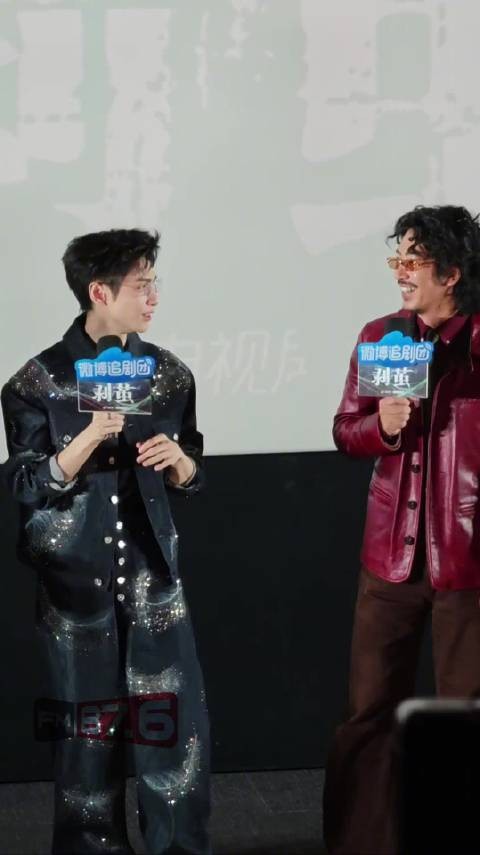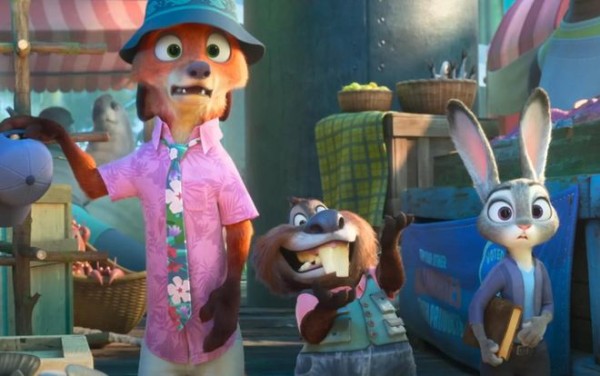What Is A Spaghetti Western? Definition, History & Style
轻松爵士乐《What a Wonderful World》让人感受世界的美好 #生活乐趣# #日常生活趣事# #音乐欣赏的乐趣# #轻松音乐推荐#
Reading Time: 5 minutes
Published: June 25, 2025 | Last Updated: June 26, 2025
What is A spaghetti western? Definition & Meaning
A spaghetti western is a Western film made by Italian filmmakers, often shot in Europe and released from the mid-1960s to the late 1970s, known for its gritty tone, stylized violence, morally ambiguous characters, and minimalist dialogue.
Where the Term Comes From
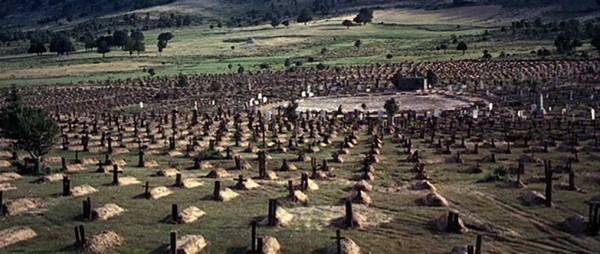 This wide shot from The Good, the Bad and the Ugly (1966) shows how big and quiet many spaghetti westerns feel. The term came from critics since these westerns were made by Italian crews, often on low budgets, but with bold camera work like this. Image Credit: Produzioni Europee Associate
This wide shot from The Good, the Bad and the Ugly (1966) shows how big and quiet many spaghetti westerns feel. The term came from critics since these westerns were made by Italian crews, often on low budgets, but with bold camera work like this. Image Credit: Produzioni Europee Associate By the early 1960s, American Westerns were losing steam. Italian filmmakers stepped in with a grittier, cheaper, and more stylized approach. Most of these productions were filmed in Spain, where the desert terrain looked like the American Southwest. Despite the nickname “spaghetti western” starting as a joke, the term stuck and came to define a major movement in European cinema.
These films kept the genre alive for a new audience. They traded noble cowboys for cynical anti-heroes, and clear morals for shifting alliances and brutal violence. The new style connected with international viewers, especially in the U.S., where they filled a growing gap in Western entertainment.
Key Characteristics
Anti-heroes: Lone drifters, bounty hunters, and mercenaries who rarely follow a code. Stylized violence: Gunfights stretch out with dramatic tension and harsh sound design. Minimal dialogue: Long pauses, glances, and wordless standoffs take the place of classic Hollywood scripts. Music as storytelling: Composers like Ennio Morricone used whistling, guitar riffs, and strange instruments to define character and mood. International crews: These were pan-European productions, with actors dubbed into different languages after filming.Famous Spaghetti Westerns
Spaghetti Westerns changed how Western movies looked and felt. They had less talking, more tension, and characters who didn’t follow the rules. Instead of heroes in white hats, they focused on drifters, bounty hunters, and outlaws. The films below helped shape the style and made the genre popular around the world.
A Fistful of Dollars (1964, Jolly Film)
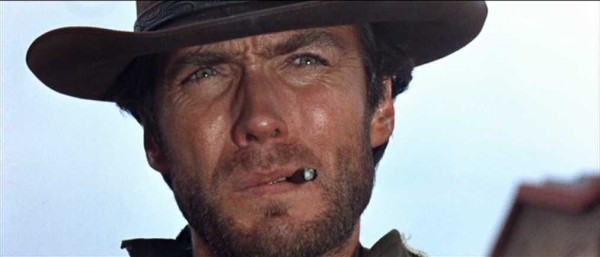 In A Fistful of Dollars (1964), Clint Eastwood’s silent stare became the signature look of the spaghetti western anti-hero. Image Credit: Jolly Film
In A Fistful of Dollars (1964), Clint Eastwood’s silent stare became the signature look of the spaghetti western anti-hero. Image Credit: Jolly Film Directed by Sergio Leone and starring Clint Eastwood, this low-budget remake of Yojimbo (1961) helped kick off the genre. Eastwood’s silent gunslinger became a global icon, and the film’s success proved there was still an audience for Westerns, just not the kind Hollywood had been making.
The Good, the Bad and the Ugly (1966, Produzioni Europee Associate)
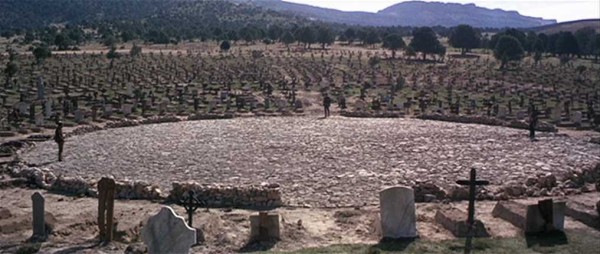 In The Good, the Bad and the Ugly (1966), Sergio Leone turns the graveyard into a massive arena for the final showdown. Spaghetti westerns use wide shots like this to stretch tension and show how small the characters are compared to the world around them. Image Credit: Produzioni Europee Associati
In The Good, the Bad and the Ugly (1966), Sergio Leone turns the graveyard into a massive arena for the final showdown. Spaghetti westerns use wide shots like this to stretch tension and show how small the characters are compared to the world around them. Image Credit: Produzioni Europee Associati The third entry in the Dollars Trilogy, this epic war-western tells the story of three men racing to find buried gold during the Civil War. The wide desert shots, tight close-ups, and slow pacing shaped how tension works in genre filmmaking. Its score by Ennio Morricone became one of the most recognizable soundtracks in film history.
Django Kill… If You Live, Shoot! (1967, N.B. Cinematografica)
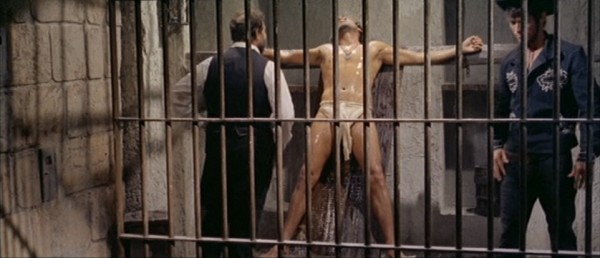 In Django Kill… If You Live, Shoot! (1967), one of the film’s most disturbing scenes shows a man tied up and tortured inside a jail cell. The violence in this sequence helped get the film banned in several countries. Image Credit: N.B. Cinematografica
In Django Kill… If You Live, Shoot! (1967), one of the film’s most disturbing scenes shows a man tied up and tortured inside a jail cell. The violence in this sequence helped get the film banned in several countries. Image Credit: N.B. Cinematografica This is one of the weirdest spaghetti westerns ever made. Directed by Giulio Questi, the story follows a man who gets shot and buried alive, but somehow survives. He goes looking for the gold he was cheated out of, but ends up in a town full of greedy people and strange violence.
The film is full of disturbing scenes, slow moments, and dream-like images. It was banned in several countries when it came out because of its graphic violence, scenes of torture, and some moments that hinted at queer themes.
Once Upon a Time in the West (1968, Paramount)
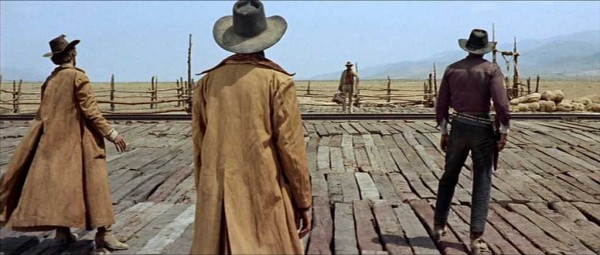 In Once Upon a Time in the West (1968), three men wait for a train in silence. The scene moves slowly and uses wide shots to build tension without any talking. Image Credit: Paramount
In Once Upon a Time in the West (1968), three men wait for a train in silence. The scene moves slowly and uses wide shots to build tension without any talking. Image Credit: Paramount Leone’s most ambitious western blends revenge, industrial expansion, and shifting alliances. The opening sequence, nearly ten minutes with no dialogue, is now studied in film schools for how it builds tension with framing, sound, and timing. Charles Bronson, Henry Fonda, and Claudia Cardinale headline a cast that shows the genre at its most mature.
Directors Who Defined the Genre
Sergio Leone: Known for slow pacing, wide framing, and sudden violence. He helped shape the genre’s tone and look. Sergio Corbucci: Often darker and more brutal than Leone, with heroes caught in chaos and moral decay. Enzo G. Castellari: Mixed the western with other genres, including politics and post-apocalyptic stories.Legacy of Spaghetti Westerns
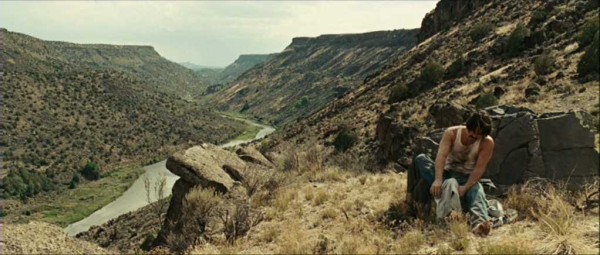 In No Country for Old Men (2007), the wide desert landscape, silence, and slow pacing show how much the Coen Brothers were influenced by spaghetti westerns. Image Credit: Miramax
In No Country for Old Men (2007), the wide desert landscape, silence, and slow pacing show how much the Coen Brothers were influenced by spaghetti westerns. Image Credit: Miramax Spaghetti westerns shaped the way modern films handle tension, violence, and character. The long silences, bleak tone, and use of wide landscapes followed by extreme close-ups helped define the language of cinema in the decades that followed.
Directors like Quentin Tarantino and Robert Rodriguez borrowed heavily from the genre’s pacing, framing, and use of music. The Coen Brothers, especially in No Country for Old Men (2007), drew from their cold, brutal worldviews. Even video games like Red Dead Redemption (Rockstar Games, 2010) owe a debt to this era of filmmaking.
More than a trend, the spaghetti western proved that you don’t need Hollywood to reinvent a genre. They showed how international storytelling could transform familiar tropes into something bold and lasting.
Summing Up
Spaghetti westerns turned the classic cowboy into a rough, quiet outlaw. With small budgets and big ideas, Italian crews made a new kind of Western that used silence, slow pacing, and sudden violence. These films changed how Westerns were made, and filmmakers still study them today.
Read Next: Curious how visual styles define film genres?
Explore our breakdown of Genre & Visual Style to see how movements like naturalism, noir, and surrealism shape what we watch.
Looking for the big picture? Visit our Film History, Theory & Genre page to connect techniques with the eras and ideas that shaped them.
网址:What Is A Spaghetti Western? Definition, History & Style https://klqsh.com/news/view/170108
相关内容
What Is A Spaghetti Western: The Essential Guide To Spaghetti WesternsWhat on Earth Is a “Spaghetti Western”? The Movie Genre You Didn't Know!
What Does Spaghetti Western Actually Mean?
Spaghetti western
What Is Pizza Cornicione?
What does QUERY mean?
What is a French bistro?
A guide to Austin's legendary hotel, The Driskill
Pizza Cornicione – What It Is and How to Make It
Celebrate Black History Month in Seattle with New Restaurants, Tasting Rooms, and Exhibit Openings
